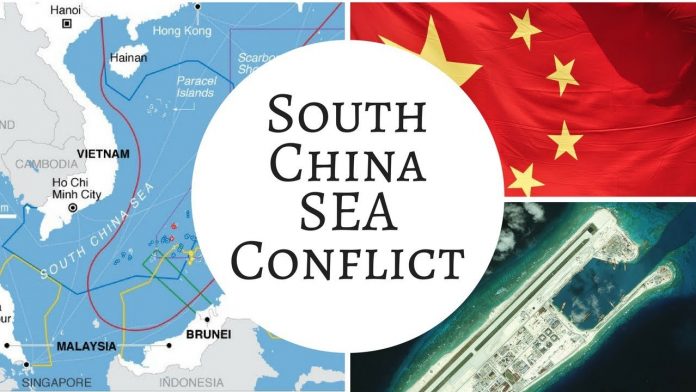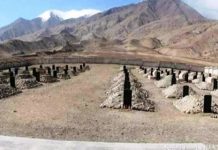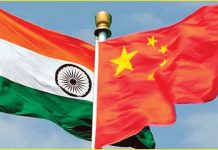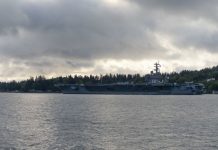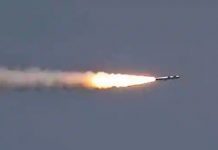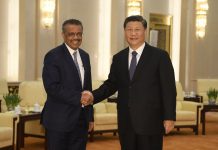Amid the coronavirus pandemic, the world’s geopolitics is slowly changing. Recently, everything became heated up after the Indo-China conflict heated up on the Galwan valley, followed by the USA sending their warships first to the Pacific and then to the South China Sea a few days ago. This is why it is important to have a deep analysis of this issue. Here’s everything that one may need to know about the issue of the South China Sea explained.
Root of the Issue
Sea offers the most efficient way to communicate and transportation in South East Asia. Rights to waterways can make a big difference in development. The Chinese claim the South China Sea based on an ambiguous map from the 1940s called the 9-dash line. The map covers over 90% of the South China sea, extending over 2000kms from the mainland. Naturally, the other nations dispute over it with them. But this largely academic dispute became more heated up since 2013 when China started reclamation at 7 locations in the Spratly Islands.
The Issue of Spratly Islands
For us to have the issue of the South China Sea explained, it is important to cover the Spratly Islands. The Spratly Islands sit in the heart of the South China sea, and is hotly contested due to it being claimed by Taiwan, Philippines, Vietnam and Malaysia. Taiwan’s claims are the same as that of China. These islands are important because they have rich fishing grounds around itself and huge reserves of hydrocarbons. It is also said that these islands hold the key to oil and natural gas reserves that will help run the industries in Beijing for decades. By 2016, China had already reclaimed 3200 acres of land atop 7 partially submerged reefs in the Spratly islands.
This led to political hysteria and political negotiations between the USA and China, which ultimately put a full stop on this reclamation programme. But by then, China had already placed military facilities on the already reclaimed territories with extensive naval, air and missile systems on the island. It is presumed that the islands of Fiery Cross, Mischief and Subi now host sophisticated air defense systems as well as barracks, helipads, hangars and runways that can host warplanes. The island of Fiery Cross also has a harbor where big vessels can dock. Other islands have radar facilities, bunkers and supply platforms. Together, all these islands act as an airplane carrier and projects power to its neighbours.
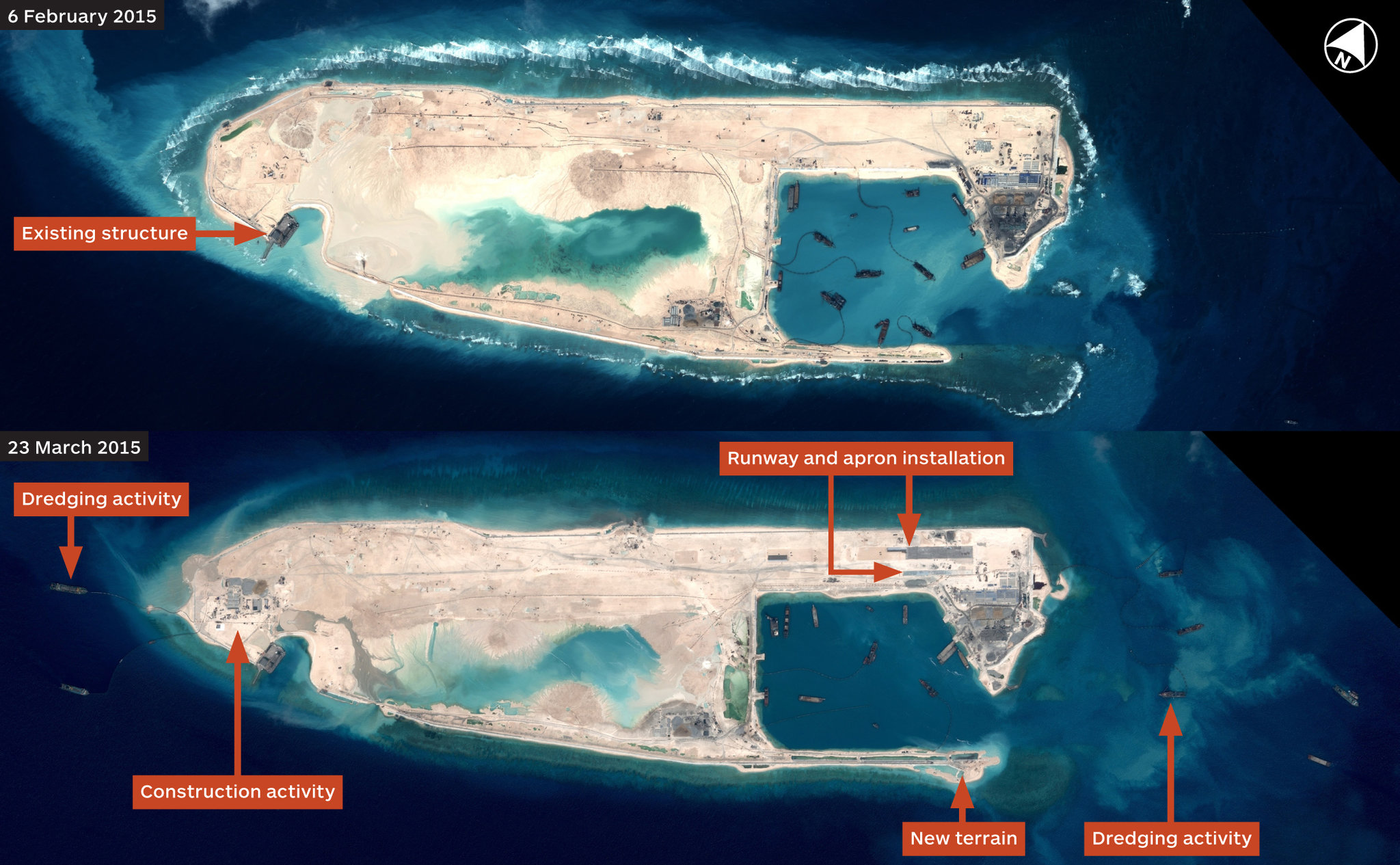
To further cement their claim, the Chinese coast guard repeatedly uses other ships such as huge fishing vessels and container ships to harass foreign vessels under the cloak of plausible deniability. It makes their neighbours think twice about entering Chinese claimed water and the policy is such that it stops short of becoming an armed conflict.
This presence of China also affects countries like India, Australia and Japan. Japan is especially worried because their lifeline passes through the South China Sea. As they have very few natural resources, the South China Sea makes for an important geopolitical matter for them. It is speculated that when Japan pursues this matter, it will have an exclusive focus on it, unlike the globally committed USA. Until now, all Japan has done is make their vessels visit different harbors in Vietnam and Philippines and sign some MOUs with other neighbors that rarely have any direct impact on the situation.
The Issue of Paracel Islands
About 320kms south east of Hainan Island are a chain of reefs, or archipelagos known as the Paracel Island. They are disputed by China, Taiwan and Vietnam. Beijing has a more obvious interest here as this chain of islands provides first line of defense to Hainan Island that also hosts the Chinese nuclear submarine fleet. More importantly, whoever controls the Paracel Islands and the Hainan Islands together gains the ability to target Vietnam’s narrow Annamite Range that effectively splits Vietnam in two parts. Vietnam till now has stopped them in their quest for regional hegemony. China is now pursuing a subjugation of Vietnam by Paracel Islands. They already have their presence on 1/8th of the islands where they have a large military base on Woody Islands where 1400 military men operate radars, SAM batteries and an air field. Woody Island is also the acting capital from the old claims of the islands that China has over the South China Sea, making it a strategic location.
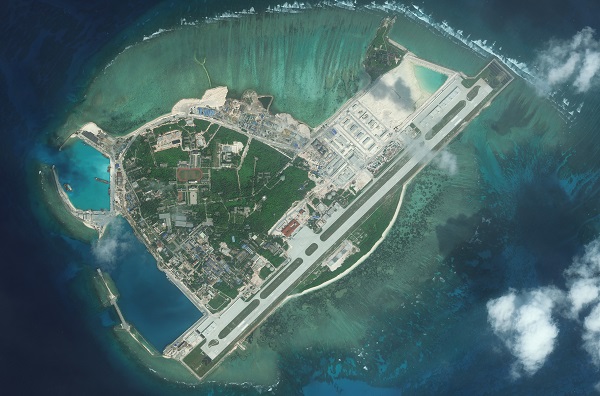
China also tries to normalize its presence on the Woody Islands by flying commercial flights, promoting tourism and even holding weddings. They have added a civilian touch to all of it so that it seems that the island has a life of its own that does not concern itself with the Chinese. They hope to make an exclusive economic zone in and around the island for themselves.
Scarborough Shoal – A Chinese Protective Wall
Finally, there is the Scarborough Shoal, a triangle shaped chain of submerged rocks and reefs. Understanding of the geopolitcal issue regarding this particular shoal is required if we have to make the issue of the South China Sea explained. Due to its proximity, it was administered by Philippines but China forcefully took it over in 2012. Since that stand-off, this island has been a point of stand-off between Manila and Beijing. Philippines had initially hoped that the USA would make good of its defense treaty with them and defend the territory for Philippines. But the Obama administration did nothing militarily and decided to pursue the matter via vocal protests.
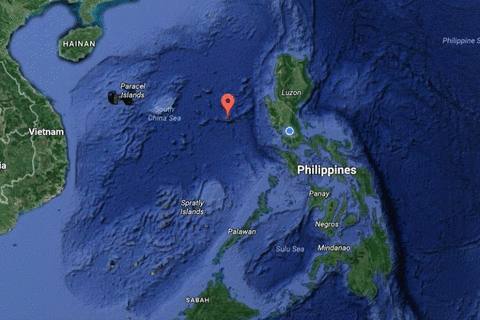
It is quite a huge betrayal for Philippines and understandably, relations between the island nation and the USA have considerably deteriorated since then. The Filipino leadership, now comprising of Rodrigo Duterte has now grown close to China to forge a new understanding. China now has all the rights in the Scarborough Shoal, be it fishing or resource extraction. They have signed quite a few agreements and have promised infrastructure investments in the Philippines. However, no military presence has been made by the Chinese as the island is only 350kms away from Manila and if there is any military presence there, it may see drastic steps taken by Philippines on account of their security being threatened, possibly even making them allies with Donald Trump led USA once again. Philippines claimed that under a 2012 deal mediated by the United States, China and the Philippines promised to withdraw their forces from the shoal until a deal over its ownership could be reached.
The Philippines “complied with the agreement” and withdrew. China, however, did not abide by the agreement and maintained its presence at the shoal, effectively militarizing it. Philippine president Benigno S. Aquino III later compared China’s behavior to Nazi Germany’s annexation of Czechoslovakia. China claimed that no such deal had been reached, and that it was open to talking to Philippines provided that non-regional entities such as USA stayed out of such talks.
Why is Scarborough Shoal so Important to China?
Scarborough Shoal helps China secure its presence in the Pacific Ocean. A series of small islands surrounds the eastern edge of South China Sea, running from Japan to Indonesia. It is dubbed as the First Island Chain and to sail through it, the Chinese ships must sail through various choke-points that are vulnerable by either land, sea or air. For Chinese military, control over the First Island Chain is a necessity if the country needs to have any preemptive moves in case of any conflict.
The controversial 9 dash line is loosely based on the First Island Chain and its occupation also has historical importance to the Chinese claim. Among all the countries involved in the South China Sea conflict, The Philippines is the only country that is weak enough to be subjugated into agreements wherein the Chinese get control over this island chain. As such, China uses its presence in Scarborough Shoal to subtly steer the behavior of the Philippines and gain access to the Pacific Ocean. But in all likelihood, this chain of reefs will remain demilitarized for the same reasons that Scarborough Shoal was.
Philippines VS China – The International Court Arbitration Case
In 2016, the Philippines took China to the Permanent Court of Arbitration in The Hague. During the tribunal proceedings, the court referred to United Nations Convention on the Law of the Sea (UNCLOS) for the definition of the island. Under Article 221 of the convention, “an island is a naturally formed area of land, surrounded by water, which is above water at high tide.” Moreover, the article said that the island must sustain human habitation and/or economic life. In court, the Chinese lawyer pointed to the presence of the military base at Woody Island as proof of human habitation and economic activity.
However, the court said that the human habitation and economic activity was sustained via continuous delivery of supplies to the island from outside. As such, the seven Chinese assets in the Spratly Islands failed to meet the legal requirements of an island. They were declared either rocks or low tide elevations.
This has huge legal implications because rocks and low tide elevations grant a different set of rights than islands. The most important legal implication was that only an island comes with an Exclusive Economic Zone that extends out for 370kms beyond the territorial and contiguous zone into the sea. Within that area, the state has full control over the economic resources such as fishing, mining and oil exploration while the navigation freedom remains in effect. China does not comply with the conclusions of the court and still insists that its holdings in the South China Sea are islands, giving them full 22km territorial sea and 370km Exclusive Economic Zone. It must be pointed out that the tribunal also ruled that China has “no historical rights” based on the “nine-dash line” map.
Involvement of the United States of America
This is where the USA comes in the picture. For the issue of the South China Sea explained, the involvement of the USA and their interests are to be understood. If China’s claims are not to be contested, they could impose restrictions on foreign vessels navigation freedom in that region, including that of the USA, which would basically mean an international let-down in terms of their military and diplomatic might. Nearly 40% of the Chinese trade passes via the South China Sea. So long there is freedom of navigation, the USA can cripple the Chinese economy by stopping most of its energy imports and its exports to the world in case of any conflict.
But if restrictions come about, then that may tip the geopolitical balance in favor of China. In this context, the US navy upholds its interests by conducting freedom of navigation operations. These are naval manoeuvres and are done to reinforce or to challenge maritime claims, in this case the latter.
The Law of The Sea defines innocent passage as “the transit of a warship from one country to the territorial waters of another with the condition that the transit vessel refrains from military, research, surveillance or survey activities.” The transit vessel is also expected to move continuously and expeditiously through the territorial waters. The USA in this case has been sailing its military vessels in a zig-zag pattern rather than continuously and expeditiously in the waters near Spratly Islands.
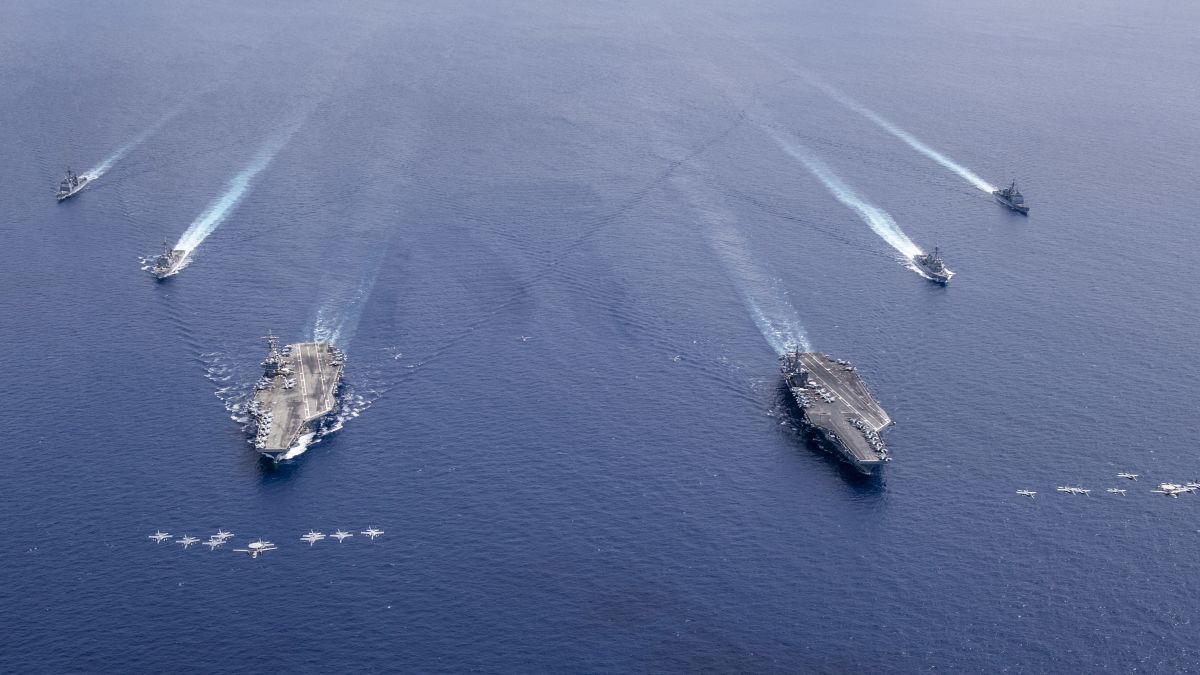
By doing this, the Americans make sure that the Chinese realize that they do not recognize these waters to be Exclusive Economic Zones of the Chinese, thus nullifying the Law of the Sea requirements. The Chinese military in these cases tail the US naval ships, demanding that they leave China’s Exclusive Economic Zones so as to set their own precedent in the region. This has been going on for years. The thing here is that even though the USA isn’t a signatory of the Law of The Sea, it seeks to uphold the same law in the South China Sea. China on the other hand does recognize it but has time and again blatantly violated its rules. This shows that in geopolitics, what matters more than laws and treaties is the power that one nation holds.
However, in this case it may be in the interest of the whole world that the law is bypassed by the USA. They seem to be the only power that can stop China from consolidating positions in the South China Sea. The USA also seeks to restore the status quo internationally and fears the increasingly powerful China. However, as the military technology advances, it seems that it is almost impossible to oust China from their already consolidated positions in the South China Sea. China is now looking to make good on more such positions in the South China Sea, while the USA looks to stop them in this never-ending cat and mouse game. So this is the whole issue of South China Sea explained, thoroughly.
Support The Power of Truth
In this day and age when truth comes at a very high cost and in the name of news, all you get is propaganda from everywhere, The Positive Indian tries to bring to you the true news from wherever we can. With our meager resources, it becomes increasingly tough for us to sustain ourselves. Support us in any way you can. Even a single rupee counts.


